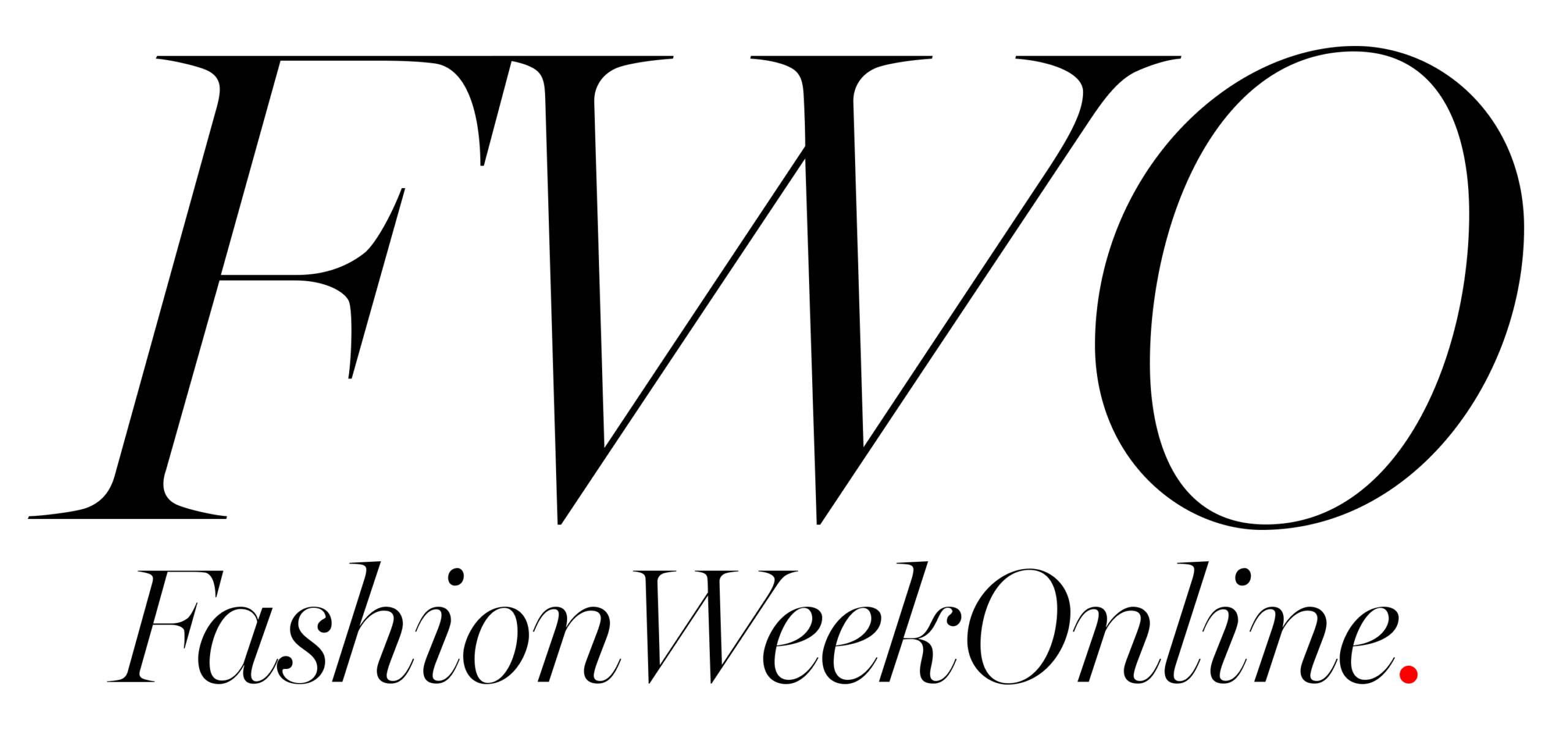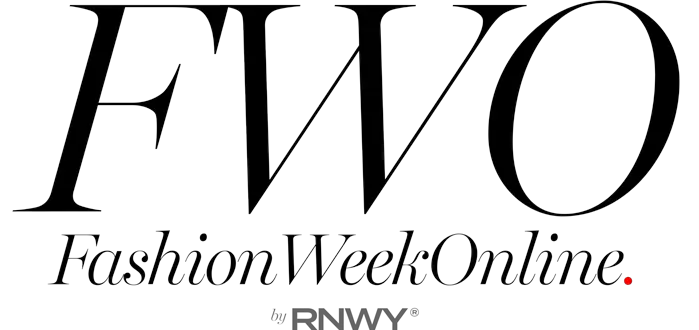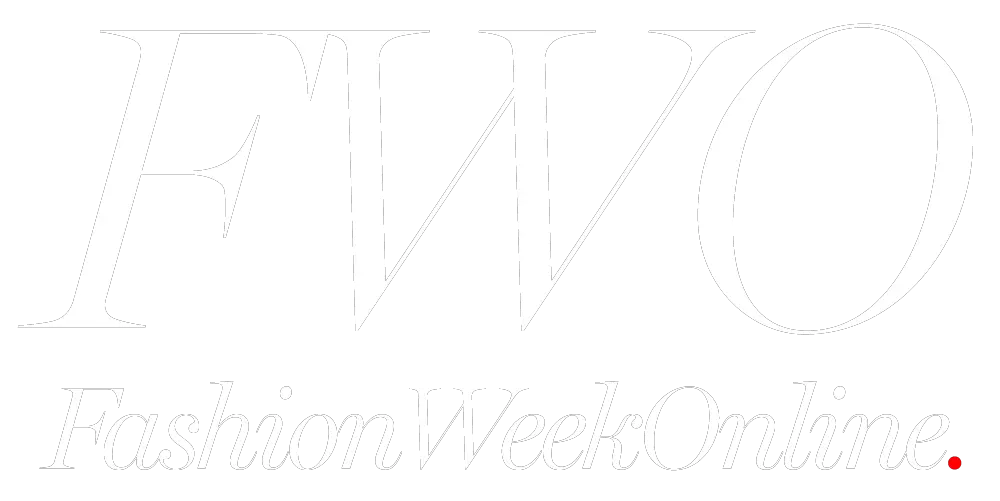Getting Choked Up: Why We Love Chokers

Mesopotamians and Ancient Egyptians were the first to don the iconic pieces — though obviously not of the plastic tattoo variety. Worn pragmatically, as protection for the neck, as well as as a symbol of power and status, the choker has been around the fashion cycle and back many times. Chokers encompass multiple cultures, demographics, and time periods, making them an exceedingly interesting piece of jewelry to investigate.

During the Renaissance, chokers made a comeback as a stylistic choice for higher class citizens and, later, they were popular during the 1700s in Europe. As time went on, the manner in which one wore a choker could mean multiple things. Commoners wore red ribbons for countrymen who were victim of the guillotine and, by the 1800s, a single black ribbon around the neck meant prostitution. Thus, a strange clash between higher class and conventionally “virtuous” women and lower-class women emerged as the accessory evolved.
Commoners wore red ribbons for countrymen who were victim of the guillotine.
Scandal regarding the appearance of chokers in art burst forth, especially when Degas’ paintings of ballerinas often featured the scandalous black ribbon.
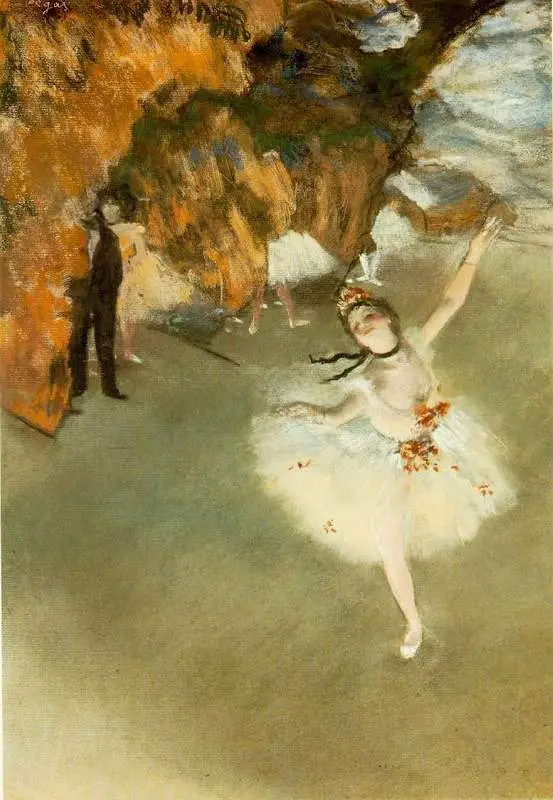
Degas’ paintings of ballerinas often featured the scandalous black ribbon.
However, the most influential woman to wear a choker was Queen Alexandra of Denmark in the mid to late 1800s, who brought the popularity of chokers to a boil. As a long-standing royal and, finally, a queen, her influence in fashion made the choker a popular neckpiece. She was often seen wearing elaborate chokers.
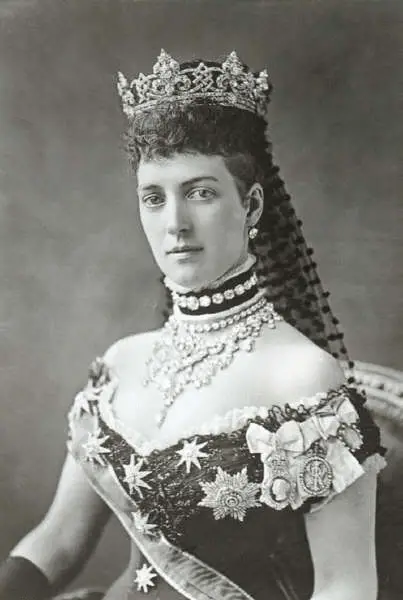
Not all chokers at the time were decorative; as usual, the choker often had a function. Wearing the pieces for more than a show of power (though that, in itself, is an excellent reason to don one), Germans and Austrians wore “goiter chokers” called Kropfkettes, between 1840 and 1870 to hide less-than-attractive bumps on their neck due to iodine deficiencies. While beautiful, they were an example of womanly innovation when faced with physical issues, much like the imaginative scarf wrappings of cancer patients.

In the 1920s a resurgence of the choker began once more with Art Déco fervor. Most notably, master glass designer René Lalique created dreamy and complicated pieces, a breathtaking collection of chokers now spread amongst museums. One can imagine the liberated women of the Lost Generation feeling powerful when wearing their chokers with their daring bob haircuts.
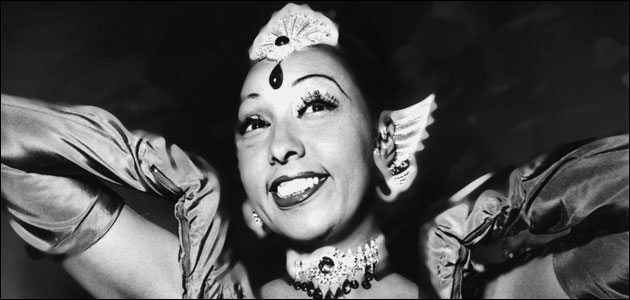
Finally the choker as we know it best made a comeback in the ’90s, where it graced the necks of goth queens, high schools rebels, and young girls looking to follow the trend. Drew Barrymore, Winona Ryder, Britney Spears, and anyone else in the spotlight were seen wearing chokers, inspiring envy.
The choker is back now, but they’re not quite like the chokers we’ve seen in the ’90s. Instead, they echo the history of the choker; its tribal beginnings, its ribbon promiscuity, and its tattoo-rainbowed joy. Many contemporary designers are now crafting stunning choker necklaces collections that pay homage to this rich heritage while incorporating modern twists and materials. It is as much of a rebellious accessory as it ever was, encircling the necks of influential and powerful women everywhere. The choker is not simply a trend cycling back; it is a testament to an ideal, to the woman who ought to intimidate you.
A beautiful warning sign that you’re dealing with feminine ferocity.
The choker is back now, but this time they echo the history of the choker.
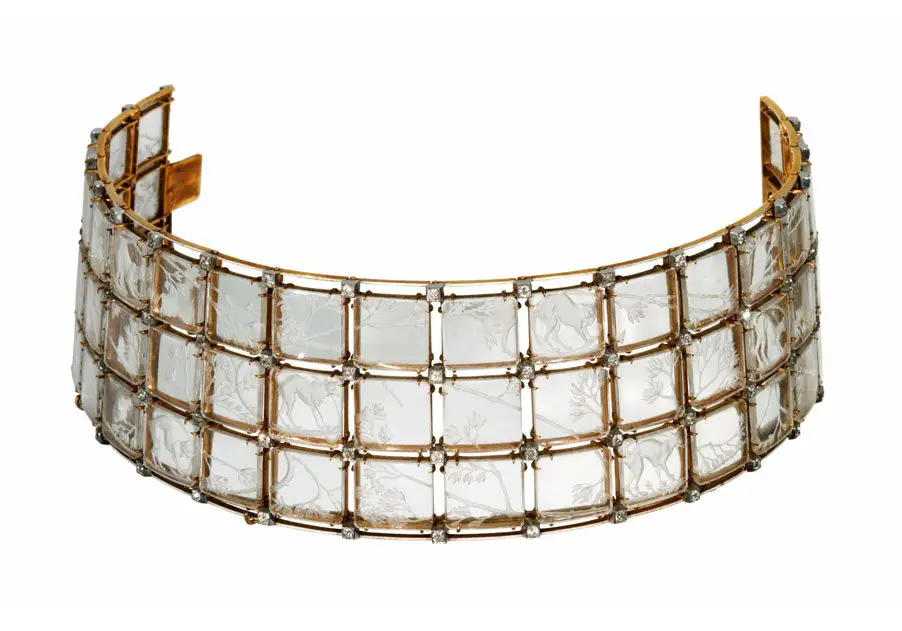
##
